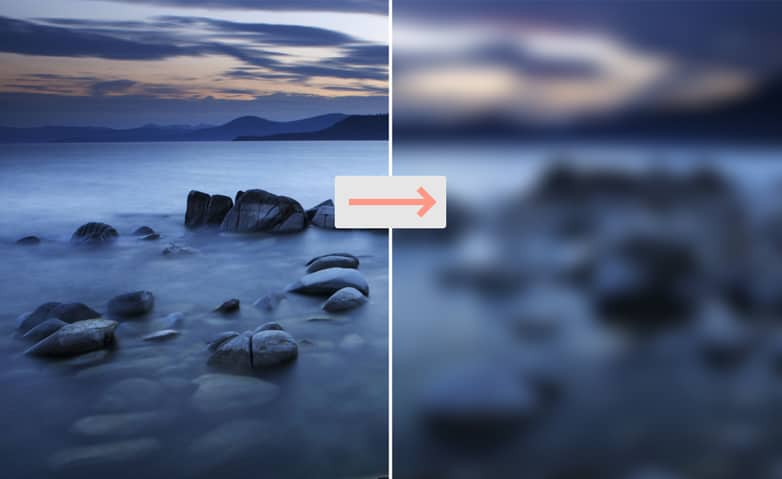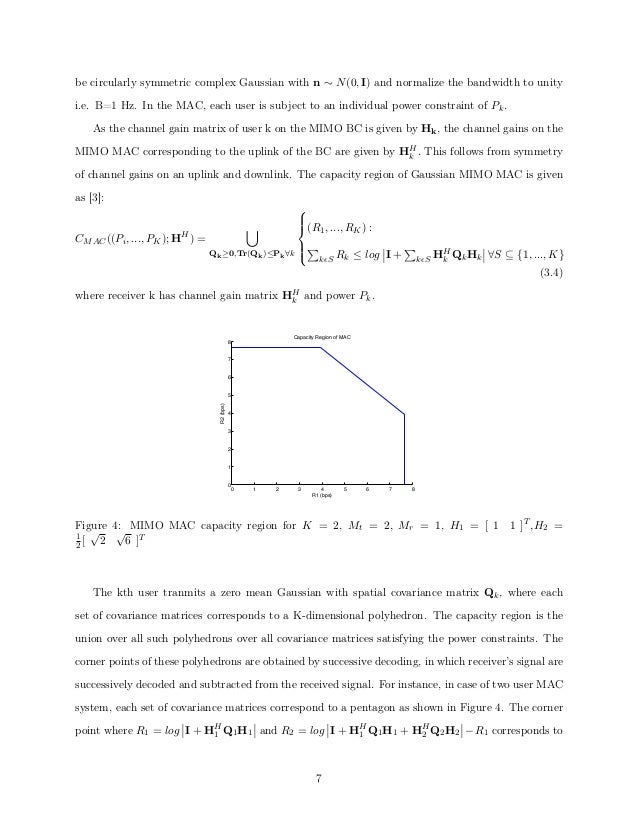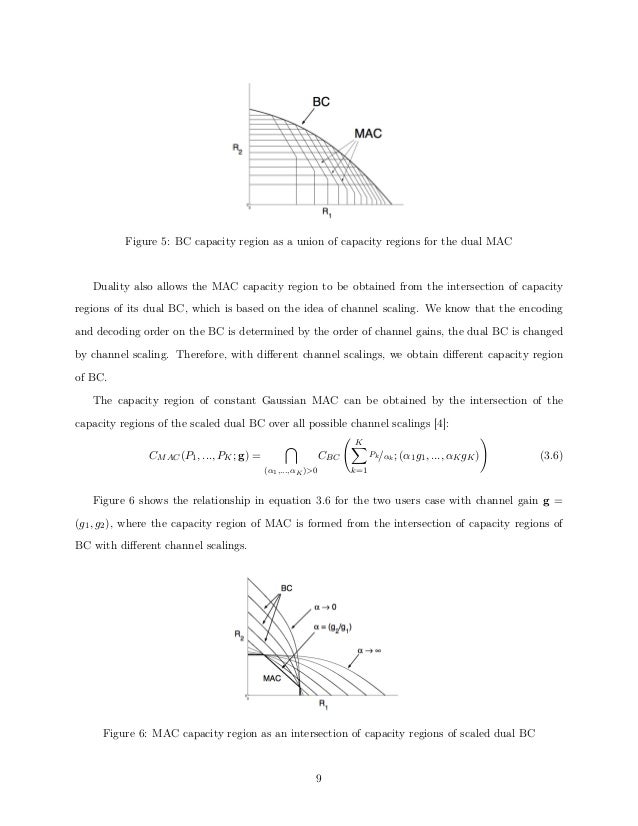Skip to end of metadataGo to start of metadata
Getting to know Gaussian and Gauss View:
If the HostID number is blank, click here. Floating Network License-Installation. Continue with these instructions. Single User License Installation GAUSS 19+ Start GAUSS by either clicking the GAUSS icon in the Dock or double-clicking the GAUSS icon in the /Applications folder. Enter the applicable License Activation Key into the License Activation Window and follow the prompts. Gaussian 16 Installation Instructions for Mac OS X In order to run Gaussian 16, several UNIX environment variables must be set in each user’s account. If you are comfortable using UNIX, Gaussian 16 can be set up using the normal instructions for binary UNIX systems. The following alternate instructions make minimal use of UNIX commands. With the gaussian group highlighted, check the user accounts that are permitted to run gaussian, e.g., smith Click the lock in the lower-left corner to end making changes Add the webserver user (www in OS X 10.4, or www in OS X 10.5) to the gaussian group.
On Linux and Mac I use a combination of Avogadro, GaussSum, VMD, Jmol, OpenBabel, Gabedit, and ChemDraw/ChemDoodle to get what I want, though none of them that can generate.gjf files add the connectivity table at the end like they should. I run Windows in a VM just to use GaussView. Showing results for 'gaussian' as the words for mac os x, app are considered too common Magic Number Machine Free A free, full-featured, graphically laid out,precision, scientific calculator.
- What is Gaussian:
Starting from the fundamental laws of quantum mechanics, Gaussian 16 predicts the energies, molecular structures, vibrational frequencies and molecular properties of compounds and reactions in a wide variety of chemical environments. Gaussian 16’s models can be applied to both stable species and compounds which are difficult or impossible to observe experimentally, whether due to their nature (e.g., toxicity, combustibility, radioactivity) or their inherent fleeting nature (e.g., short-lived intermediates and transition structures).
With Gaussian 16, you can thoroughly investigate the chemical problems that interest you. For example, not only can you minimize molecular structures rapidly and reliably, you can also predict the structures of transition states, and verify that the predicted stationary points are in fact minima or transition structure (as appropriate). You can go on to compute the reaction path by following the intrinsic reaction coordinate (IRC) and determine which reactants and products are connected by a given transition structure. Once you have a complete picture of the potential energy surface, reaction energies and barriers can be accurately predicted. You can also predict a wide variety of chemical properties.
You can learn more by visiting Gaussian's official site here or by visiting Gaussian's youtube page for more videos here.
- What is Gauss View:
GaussView 6 is the latest iteration of a graphical interface used with Gaussian. It aids in the creation of Gaussian input files, enables the user to run Gaussian calculations from a graphical interface without the need for using a command line instruction, and helps in the interpretation of Gaussian output (e.g., you can use it to plot properties, animate vibrations, visualize computed spectra, etc.).

You can learn more about Gauss View by visiting Gaussian's official site here.
Step-by-step to set up and using Gaussian and Gauss View
Prerequisites:

For windows users:
- install putty
here's the link to download putty on your computer
PuTTY is a free and open-source terminal emulator, serial console and network file transfer application. It supports several network protocols including ssh which we're going to be using.
- install xming
here's the link to download xming on your computer
Xming is an X11 display server for Microsoft Windows operating systems, you will need this to set up PuTTY
For mac users:
- install xquartz
here's the link to download xquartz on your computer
Xquartz works the same as xming, on a mac, ssh is included in the terminal so no extra installation is required.
Configuration step:
For windows users:
- Open xming
- Open putty
- Set up ssh and configure x11 settings
- Input your address(we recommend that you save these configurations by input a name in saved sessions and clicking save)
- Click on open
For mac users:
- open terminal
Log into cluster and enabling x11
next steps are the same for both windows and mac users
Using Gauss Viewer:
Gaussian For Mac Free Download
Load Gaussian module
Load Gauss Viewer module
If you need more information on modules, please take a look in the link here.
use Gauss View
The Gauss View gui should be displaying on your computer right now!
Additional Materials:
Gaussian
The following download links are password protected. Gaussian is available for no charge to Penn Chemistry researchers (click here for password request only if you are a Penn Chemistry researcher). The installation instructions are in a readme file and it is recommended that you have experience with Linux/UNIX to be able to install it. If you do not have such experience, you may access a pre-installed version of Gaussian 16 using a GPC WebMO account. All other Penn researchers (PennMed, SEAS, Nursing, Wharton, etc) can obtain Gaussian for $250 per user per version by contacting help@chem.upenn.edu. Non-Penn researchers should contact Gaussian.com for their own license.
Gaussian for Mac

- Gaussian 16 OS X versions (GaussView 6.016 with A.03 64-bit)
Gaussian for Linux
Gaussian Processes For Machine Learning
- Gaussian 16 A.03 Linux binary versions (Intel IA32, IA64, x86-64 legacy CPUs)

Gaussian for Windows
Pdf Gaussian Processes For Machine Learning
Support
Gaussian Processes For Machine Learning (gpml) Toolbox
- How can I have GaussView on my Mac look at Gaussian results from the GPC?
Please refer to this document for details. - Where can I learn more about GaussView?
Please refer to this page for details. - Where can I learn more about Gaussian16?
Please refer to this page for details. There is also a textbook you can order here. If learning from videos is your thing, go here. - Where may I learn more about the various basis sets available in Gaussian?
Please refer to this page for details. - What the heck is a DFT, or Density Functional Method?
Please refer to this page for details.
Comments are closed.